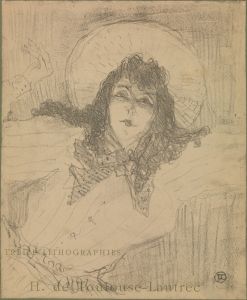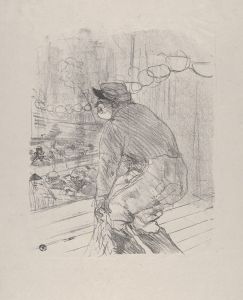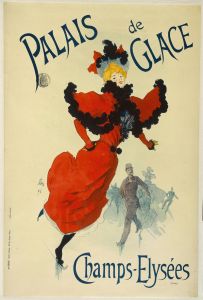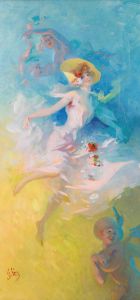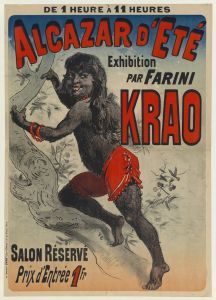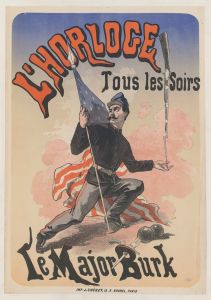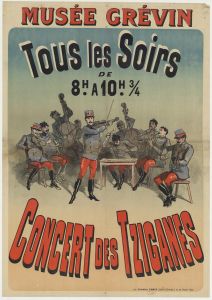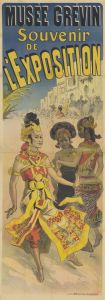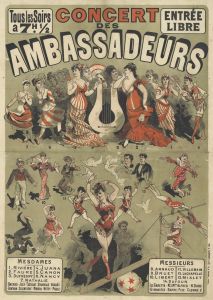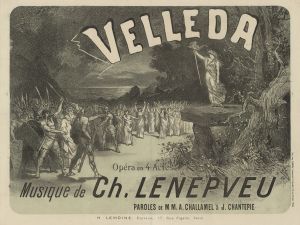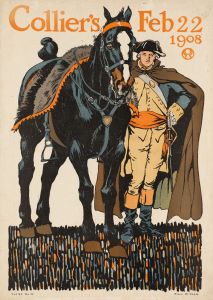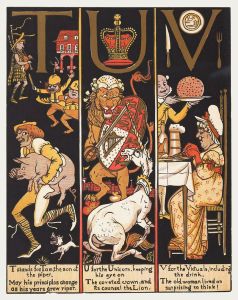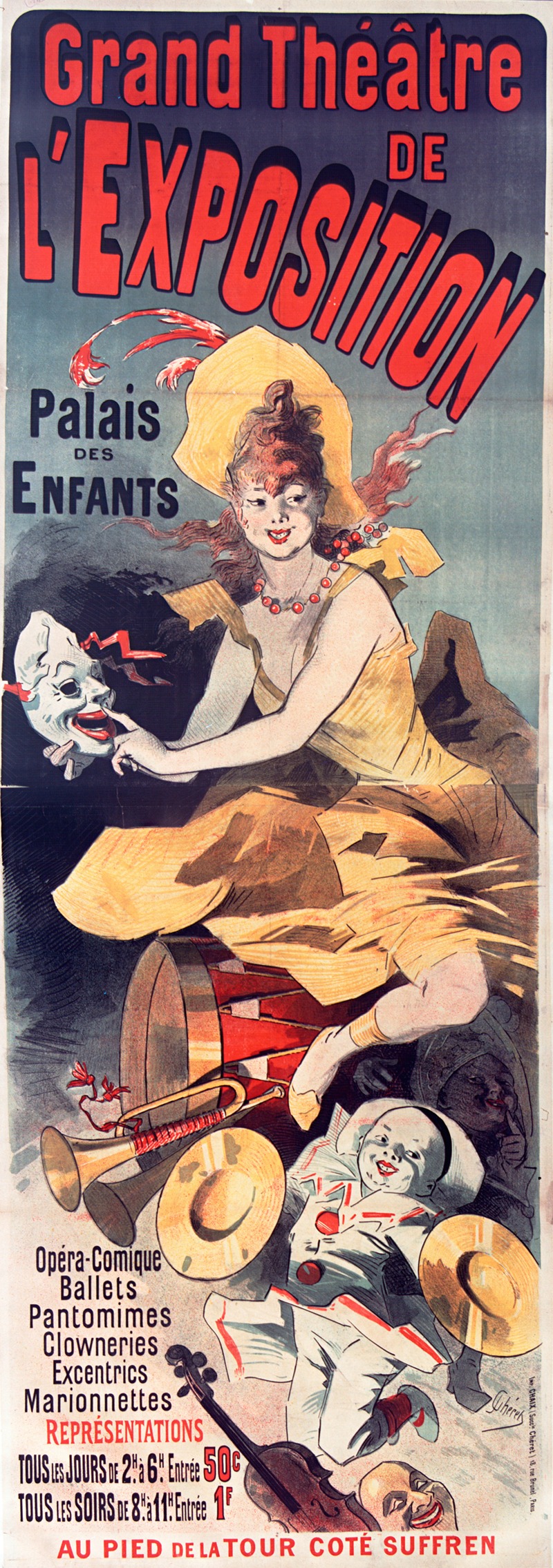
Grand Théâtre de l’Exposition. Palais des enfants. Opéra-comique, ballets, pantomines
A hand-painted replica of Jules Chéret’s masterpiece Grand Théâtre de l’Exposition. Palais des enfants. Opéra-comique, ballets, pantomines, meticulously crafted by professional artists to capture the true essence of the original. Each piece is created with museum-quality canvas and rare mineral pigments, carefully painted by experienced artists with delicate brushstrokes and rich, layered colors to perfectly recreate the texture of the original artwork. Unlike machine-printed reproductions, this hand-painted version brings the painting to life, infused with the artist’s emotions and skill in every stroke. Whether for personal collection or home decoration, it instantly elevates the artistic atmosphere of any space.
Jules Chéret's artwork Grand Théâtre de l’Exposition. Palais des enfants. Opéra-comique, ballets, pantomines is a poster created in 1878 to promote events at the Grand Théâtre de l’Exposition Universelle in Paris. Chéret, often referred to as the "father of the modern poster," was a French painter and lithographer renowned for his vibrant and innovative advertising posters during the late 19th century. His work played a significant role in shaping the visual culture of the Belle Époque.
This particular poster was designed for the Exposition Universelle of 1878, a world fair held in Paris to showcase industrial, cultural, and artistic achievements from around the globe. The Grand Théâtre de l’Exposition was one of the key attractions of the event, hosting a variety of performances, including opéra-comique, ballets, and pantomimes. The Palais des Enfants, mentioned in the title, was a section of the exposition dedicated to entertaining and educating children, reflecting the fair's broad appeal to audiences of all ages.
Chéret's poster exemplifies his signature style, characterized by dynamic compositions, bold colors, and lively figures. It features a central female figure, often referred to as a "Chérette," a recurring motif in his work that symbolized joy, elegance, and modernity. Surrounding her are depictions of theatrical performances, including dancers and actors, capturing the festive and artistic spirit of the exposition. The use of lithography allowed Chéret to produce vibrant and detailed prints, which were widely distributed to advertise the event.
The poster not only served as an advertisement but also as a piece of art in its own right, reflecting the cultural and artistic trends of the time. Chéret's work was instrumental in elevating the status of posters from mere commercial tools to recognized forms of artistic expression. His contributions to the field earned him the title of "Master of the Poster" and influenced subsequent generations of graphic artists.
Today, Grand Théâtre de l’Exposition. Palais des enfants. Opéra-comique, ballets, pantomines is considered a significant example of Chéret's artistry and a valuable artifact of 19th-century visual culture. It is frequently studied in the context of art history and design for its innovative approach to advertising and its reflection of the societal and cultural dynamics of the Belle Époque.






